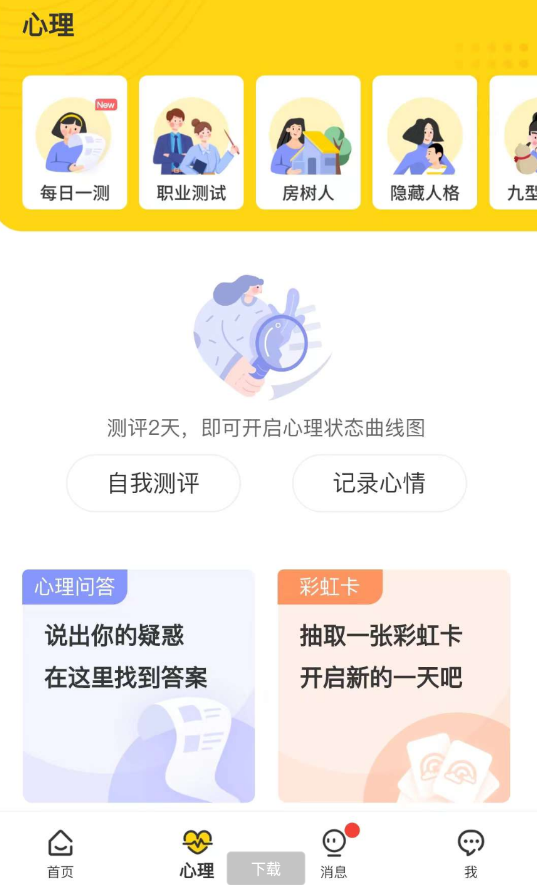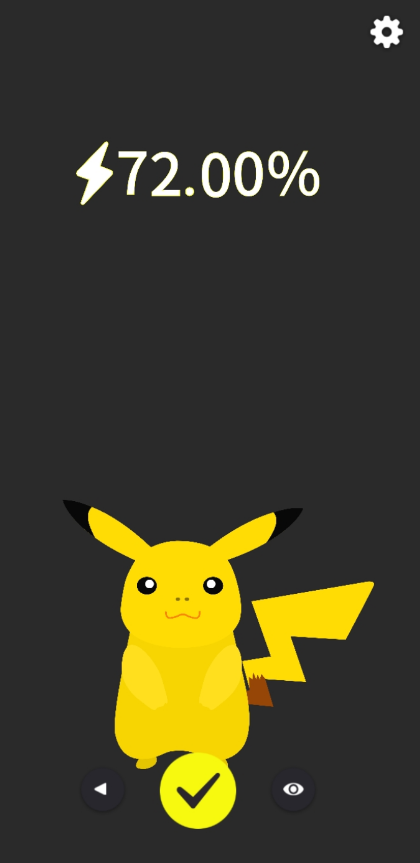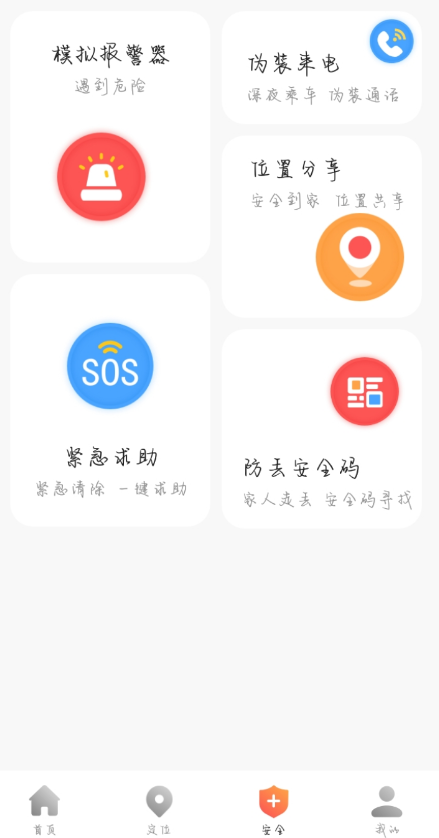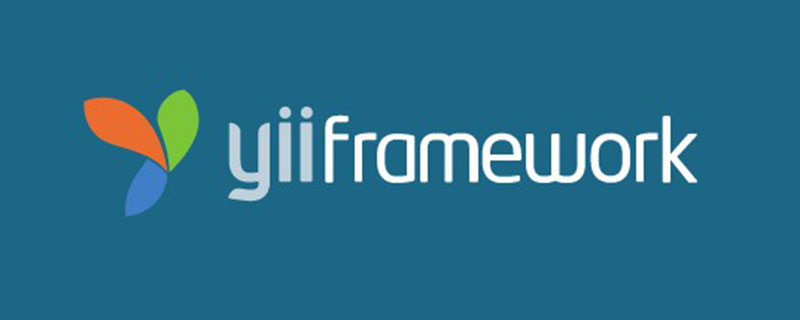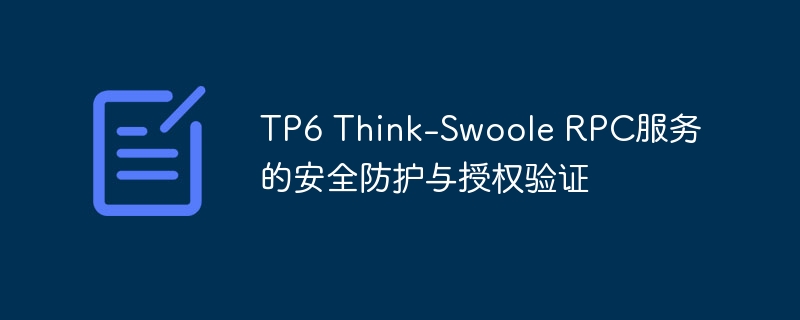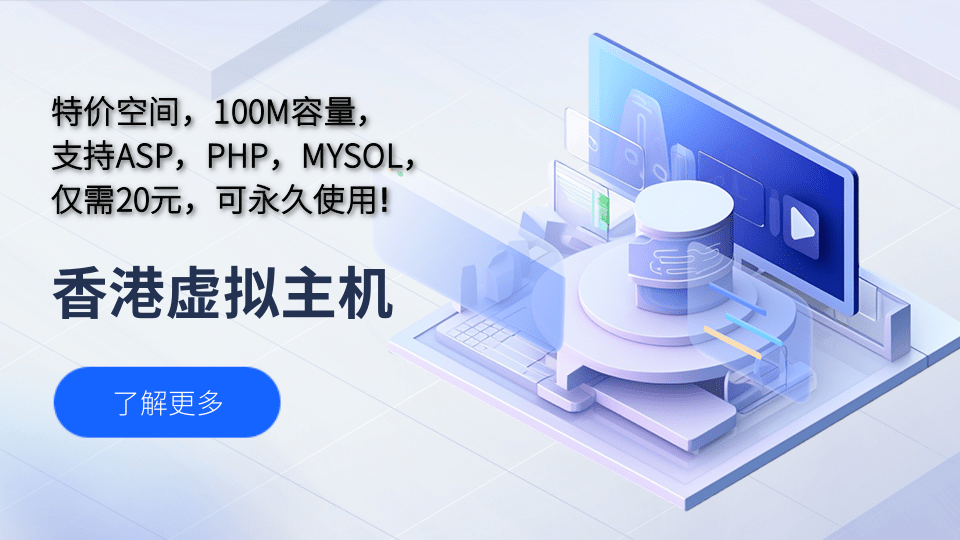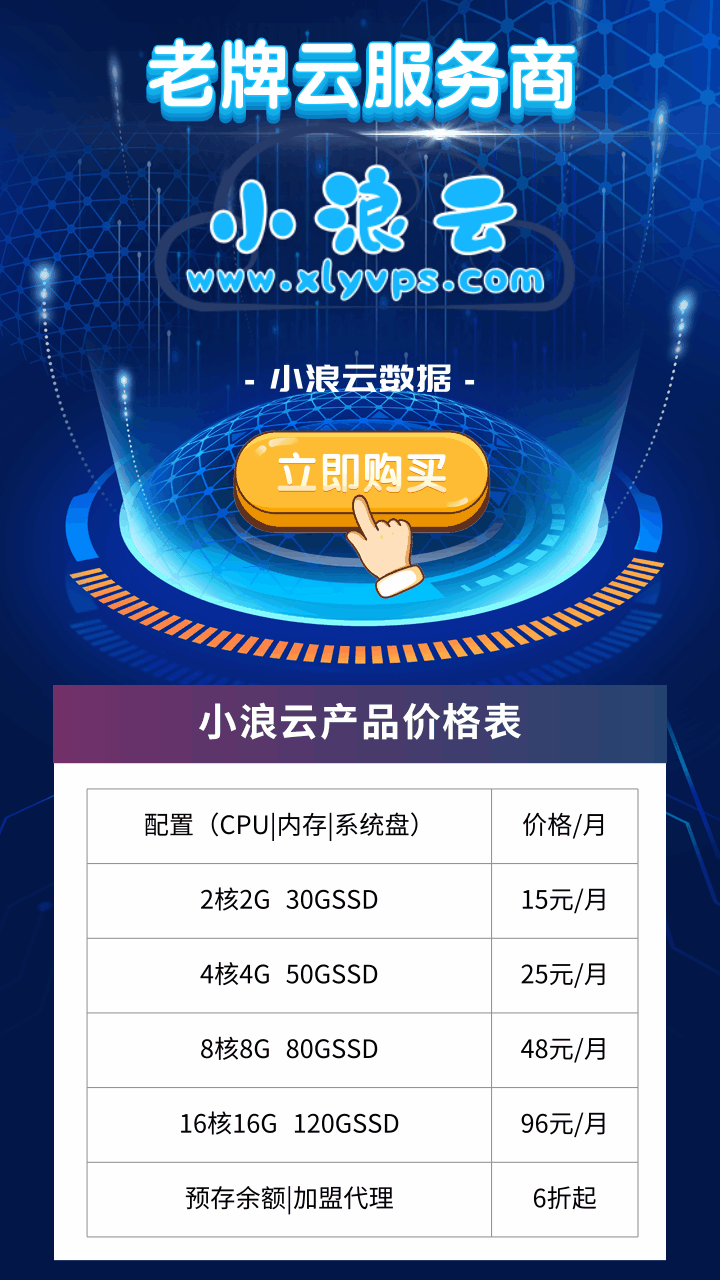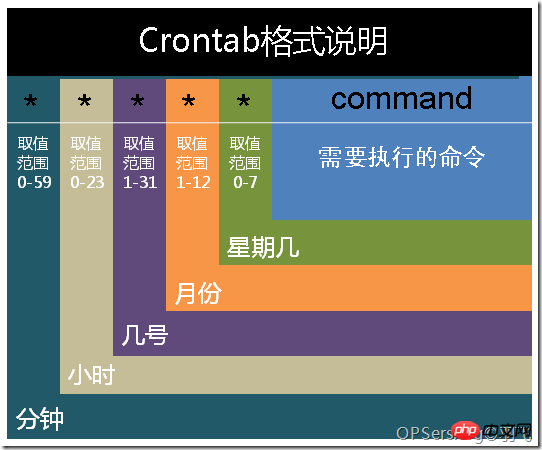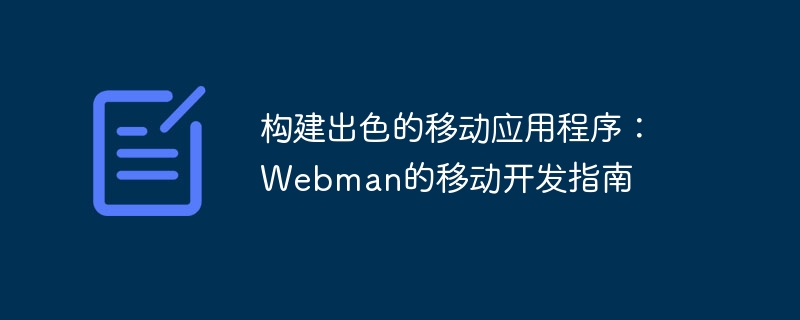
构建出色的移动应用程序:Webman的移动开发指南
移动应用程序在当今数字化时代已经成为了重要的工具和娱乐方式。随着智能手机的普及和移动互联网的快速发展,越来越多的人依赖移动应用程序来满足各种需求。
当谈到移动应用程序开发时,Webman(虚构的应用程序开发公司)拥有丰富的经验和专业知识。本文将为您提供Webman的移动开发指南,帮助您构建出色的移动应用程序。
- 选择适当的开发平台
在开始移动应用程序开发之前,您需要选择适合您项目需求的开发平台。目前,主要的移动应用程序开发平台包括iOS、Android和Windows Phone。如果您希望覆盖尽可能多的用户,可以同时开发多个平台的应用程序,或选择跨平台开发工具,如React Native或Flutter。
以下是一个使用React Native创建简单的移动应用程序的代码示例:
import React from 'react'; import { View, Text } from 'react-native'; const App = () => { return ( <view style="{{" flex: justifycontent: alignitems:><text>Welcome to Webman Mobile App</text></view> ); } export default App;
- 设计用户友好的用户界面
用户界面是移动应用程序的门面,一个好的用户界面能够提升用户体验并吸引更多的用户。为了设计用户友好的用户界面,您可以考虑以下几个方面:
- 使用简洁而直观的布局和颜色方案
- 提供易于理解和操作的导航
- 优化用户输入和响应时间
- 考虑不同屏幕尺寸和设备方向的适配
以下是一个使用HTML和CSS创建简单移动应用程序界面的示例:
<style> body { background-color: #F5F5F5; font-family: Arial, sans-serif; } .container { width: 300px; margin: 0 auto; padding: 20px; background-color: #FFF; border-radius: 10px; box-shadow: 0px 0px 10px rgba(0, 0, 0, 0.1); } h1 { text-align: center; font-size: 24px; color: #333; } input { width: 100%; margin-bottom: 10px; padding: 10px; border-radius: 5px; border: 1px solid #CCC; } button { width: 100%; padding: 10px; background-color: #4CAF50; color: #FFF; border: none; border-radius: 5px; cursor: pointer; } </style><div class="container"> <h1>Welcome to Webman Mobile App</h1> <input type="text" placeholder="Username"><input type="password" placeholder="Password"><button>Log In</button> </div>
- 优化性能和安全性
在开发移动应用程序时,性能和安全性是不可忽视的因素。以下是一些优化性能和安全性的建议:
- 尽量避免使用过多的内存和处理资源
- 使用图片和媒体文件的适当压缩和优化
- 避免在应用程序中存储敏感信息,如密码或银行账户信息
- 使用HTTPS加密连接来保护数据传输安全
以下是一个使用Java编写的简单Android应用程序,演示了如何使用HTTPS进行网络请求的示例:
import android.os.AsyncTask; import android.util.Log; import java.io.BufferedReader; import java.io.InputStream; import java.io.InputStreamReader; import java.net.HttpURLConnection; import java.net.URL; public class NetworkRequestTask extends AsyncTask<void void string> { @Override protected String doInBackground(Void... voids) { String response = ""; try { URL url = new URL("https://example.com/api/data"); HttpURLConnection connection = (HttpURLConnection) url.openConnection(); connection.setRequestMethod("GET"); connection.setReadTimeout(5000); connection.setConnectTimeout(5000); int statusCode = connection.getResponseCode(); if (statusCode == HttpURLConnection.HTTP_OK) { InputStream inputStream = connection.getInputStream(); BufferedReader bufferedReader = new BufferedReader(new InputStreamReader(inputStream)); StringBuilder stringBuilder = new StringBuilder(); String line; while ((line = bufferedReader.readLine()) != null) { stringBuilder.append(line); } response = stringBuilder.toString(); } connection.disconnect(); } catch (Exception e) { Log.e("NetworkRequestTask", "Error: " + e.getMessage()); } return response; } @Override protected void onPostExecute(String result) { // 处理返回的数据 } }</void>
通过遵循上述指南,您可以构建出色的移动应用程序,提供优秀的用户体验和功能。Webman的移动开发指南将帮助您在移动应用程序开发的旅程中取得成功!
© 版权声明
文章版权归作者所有,未经允许请勿转载。
THE END








